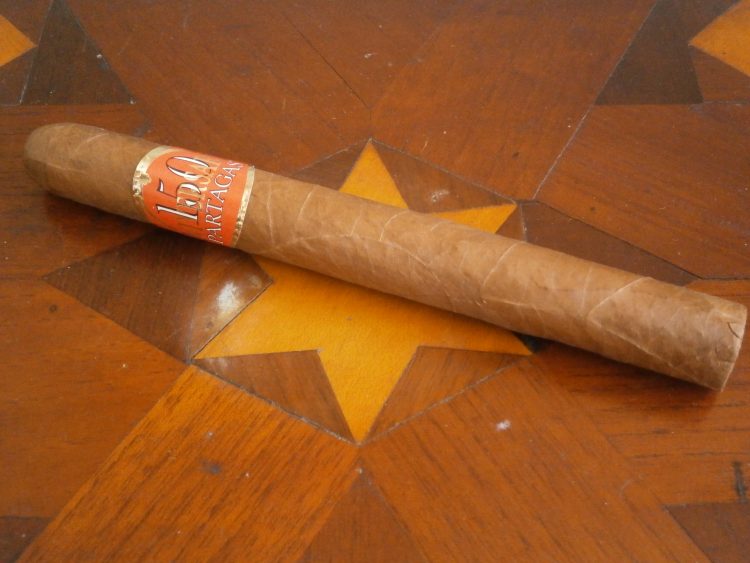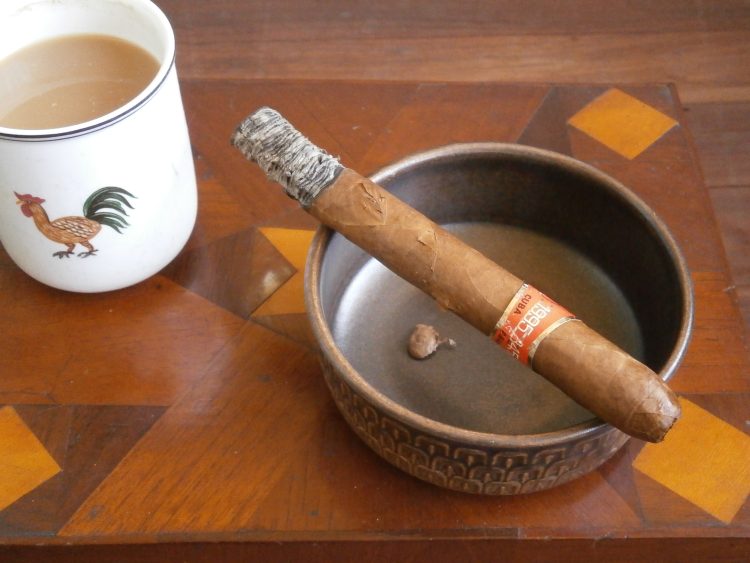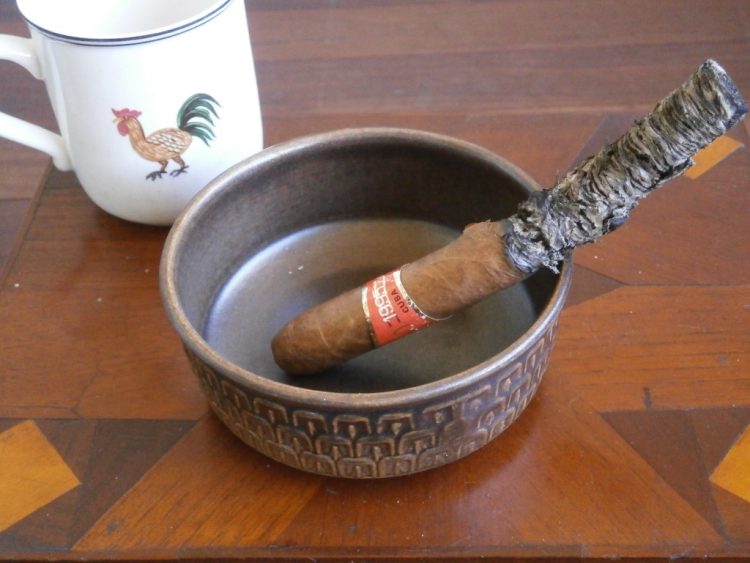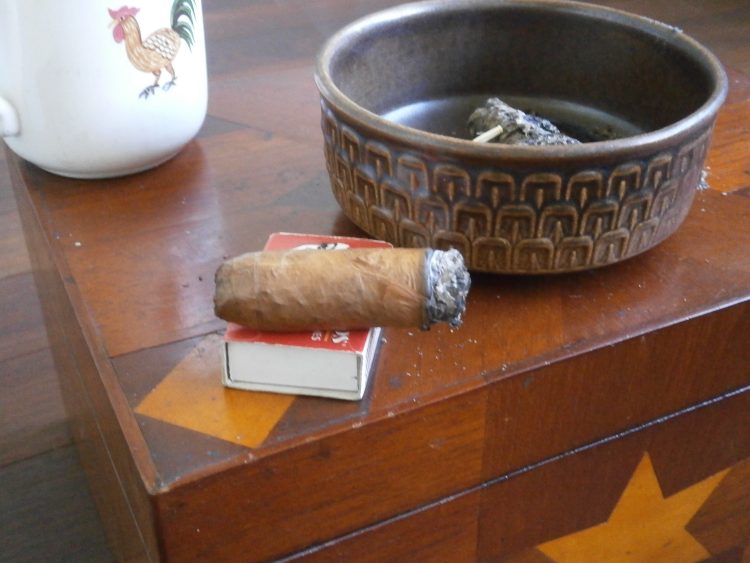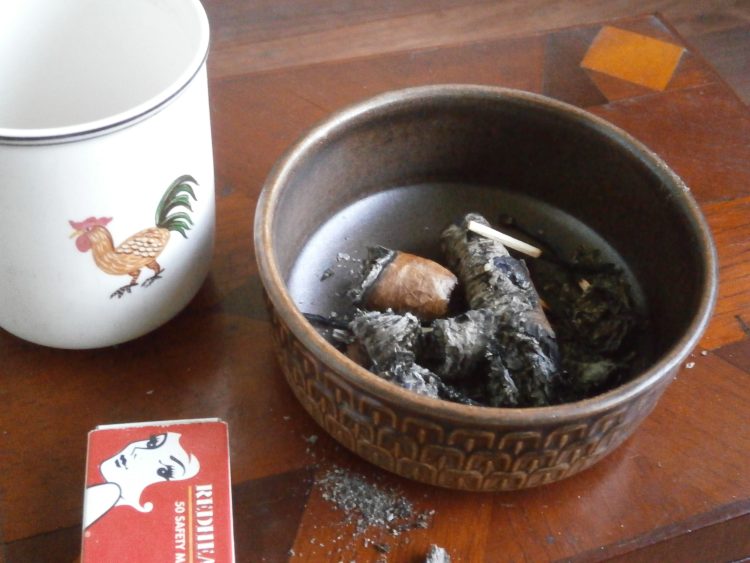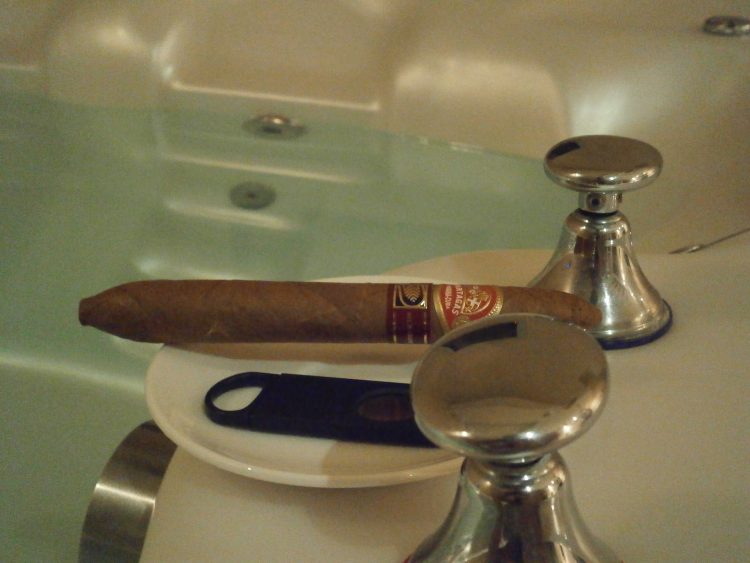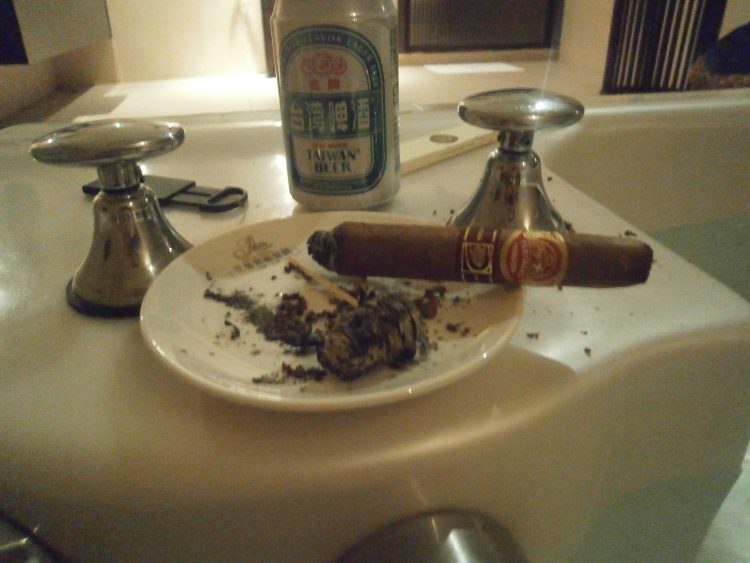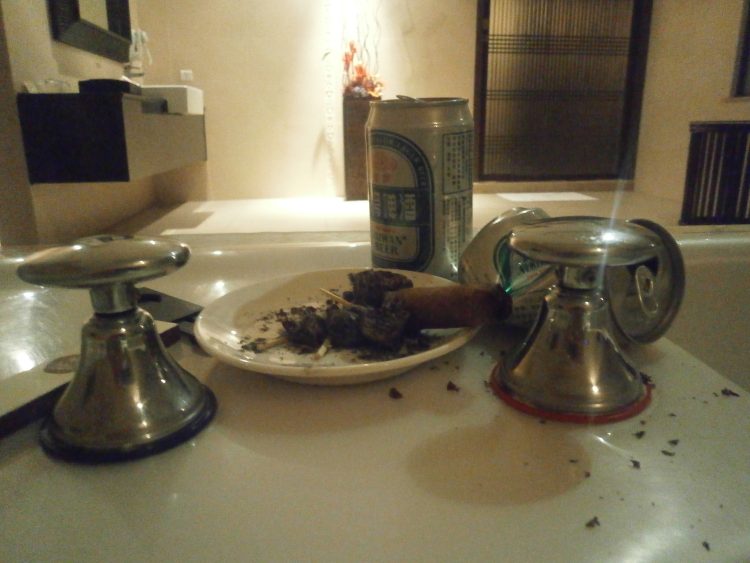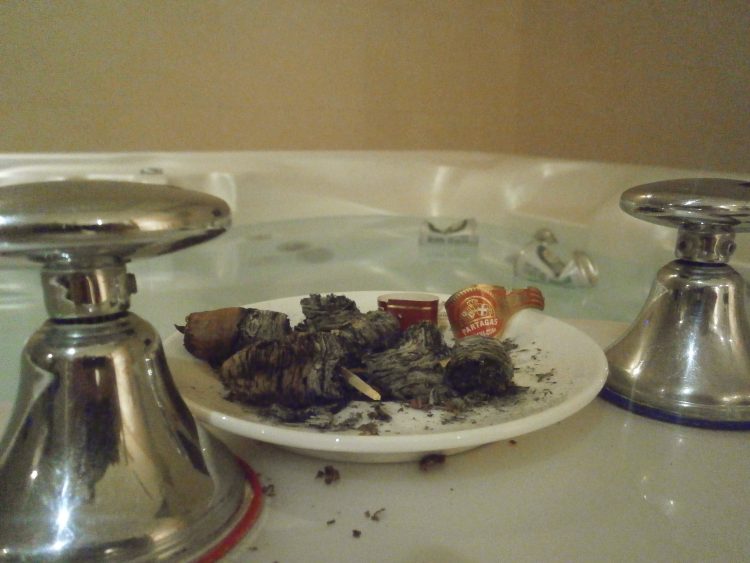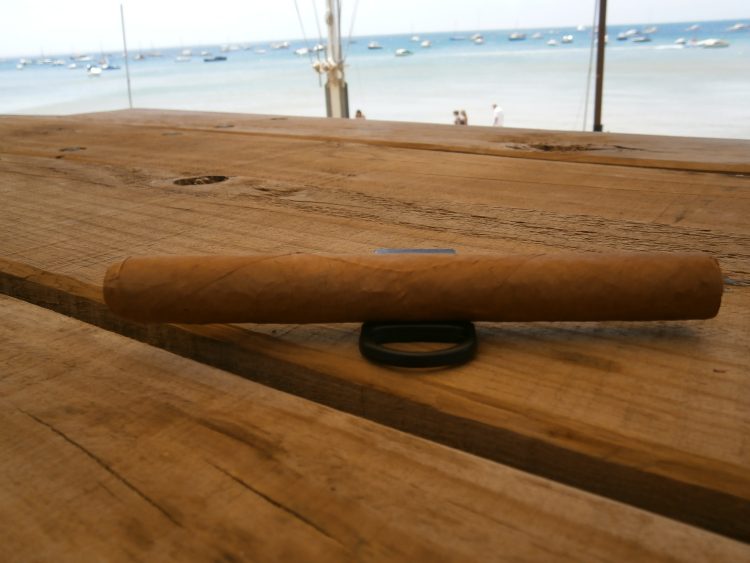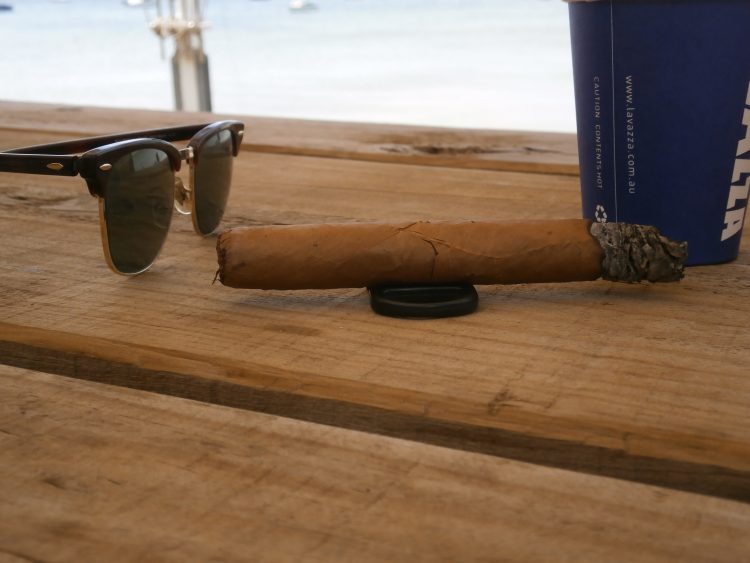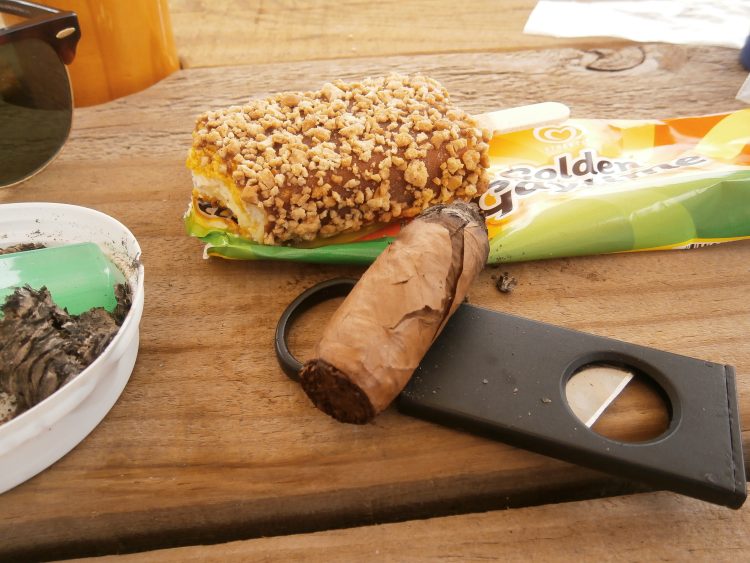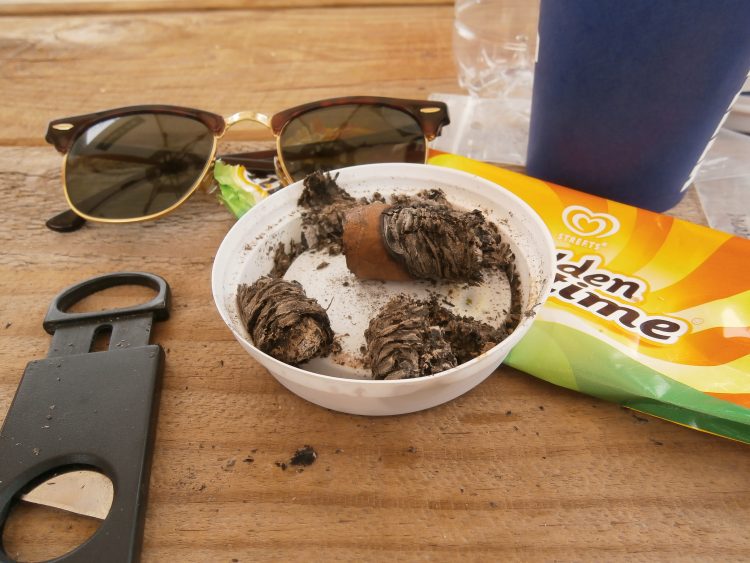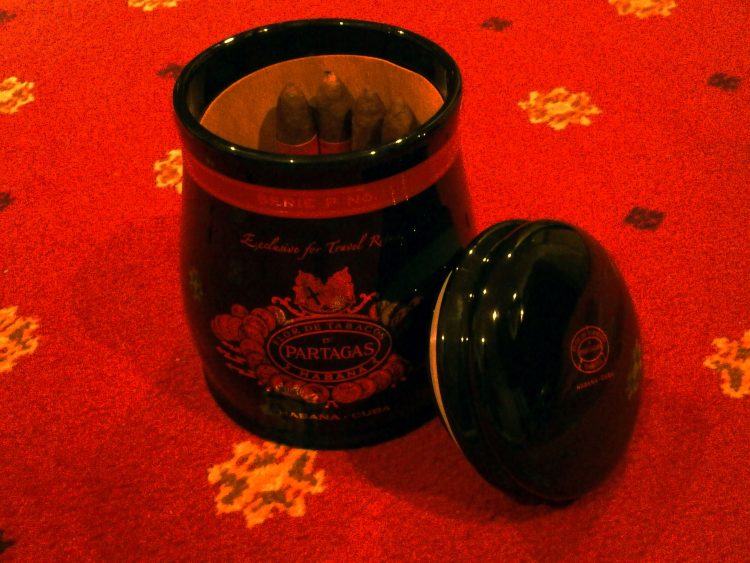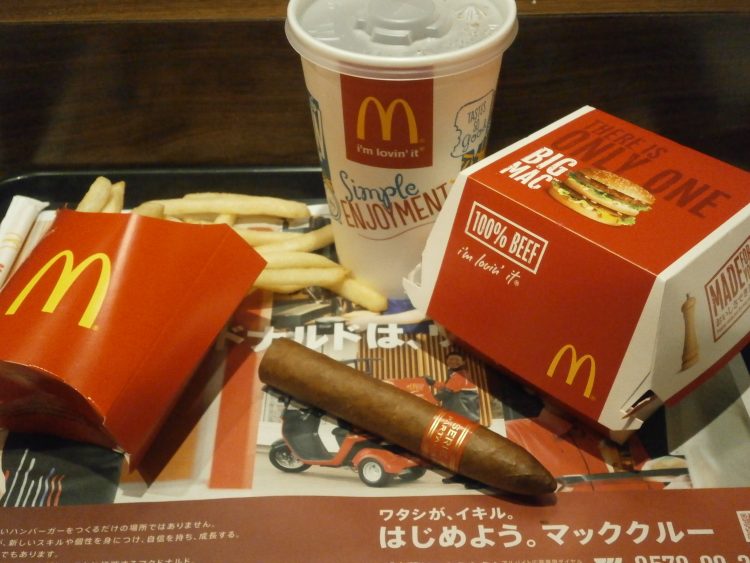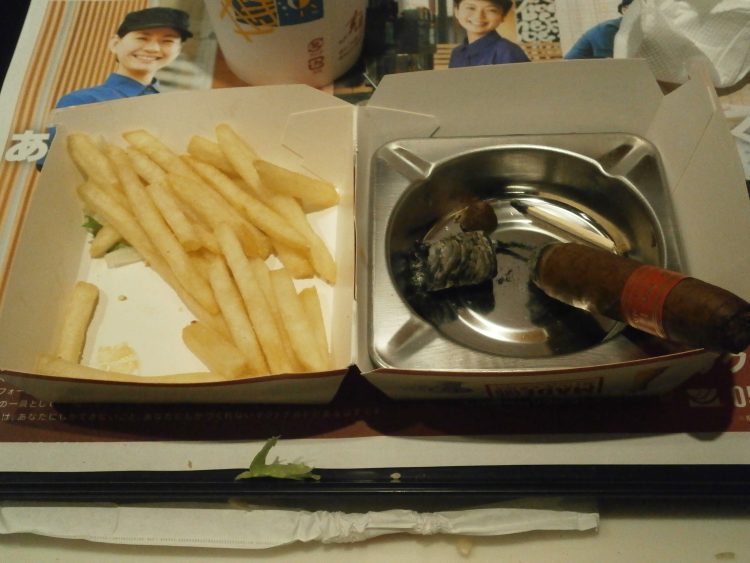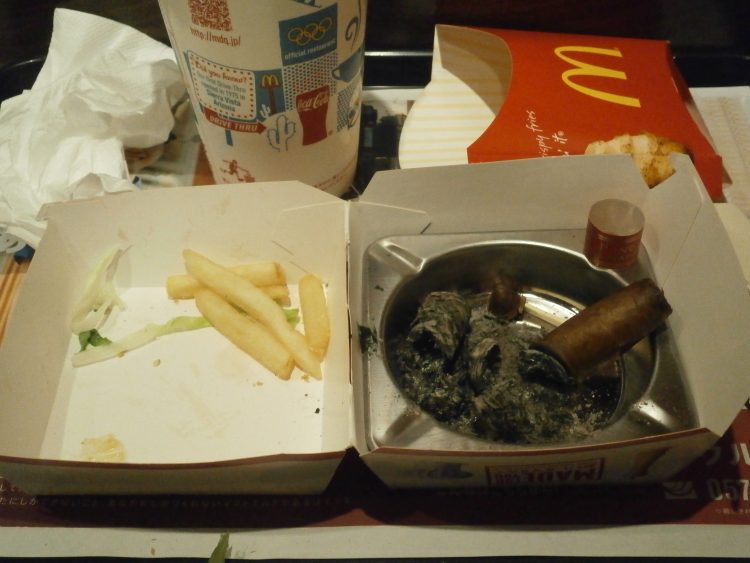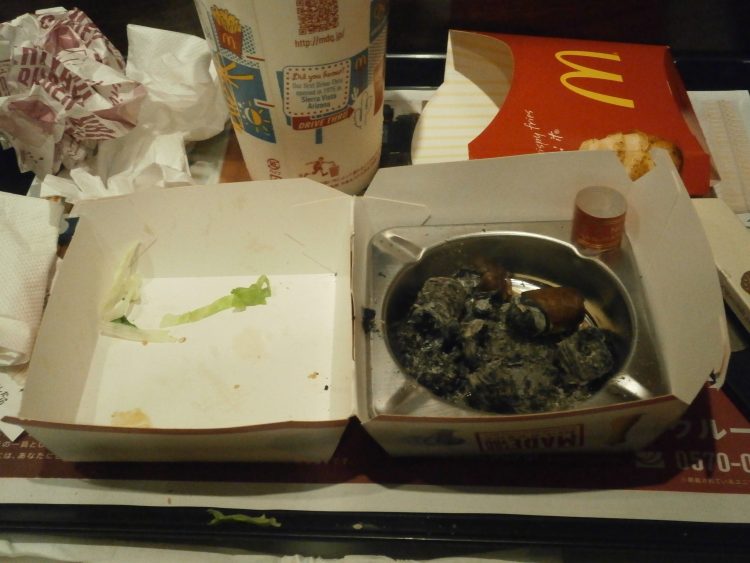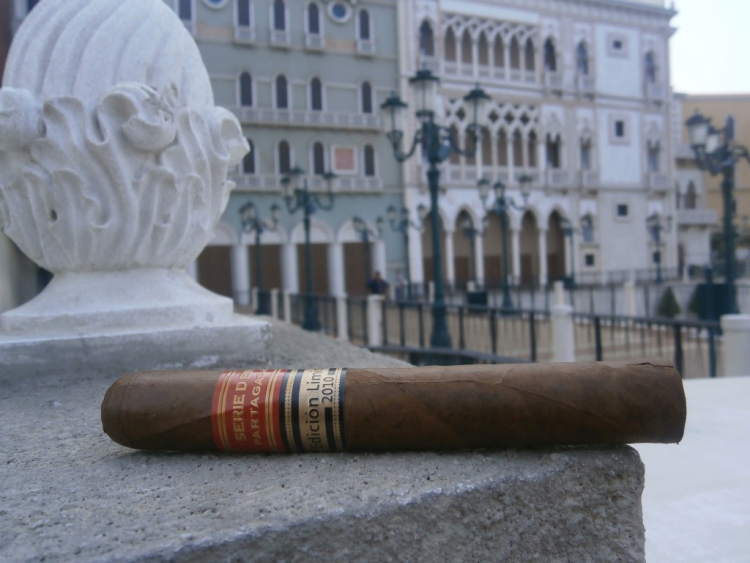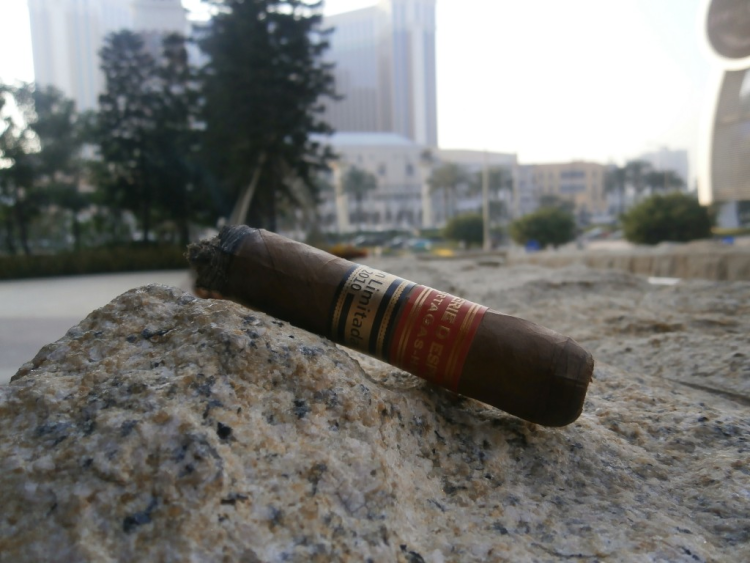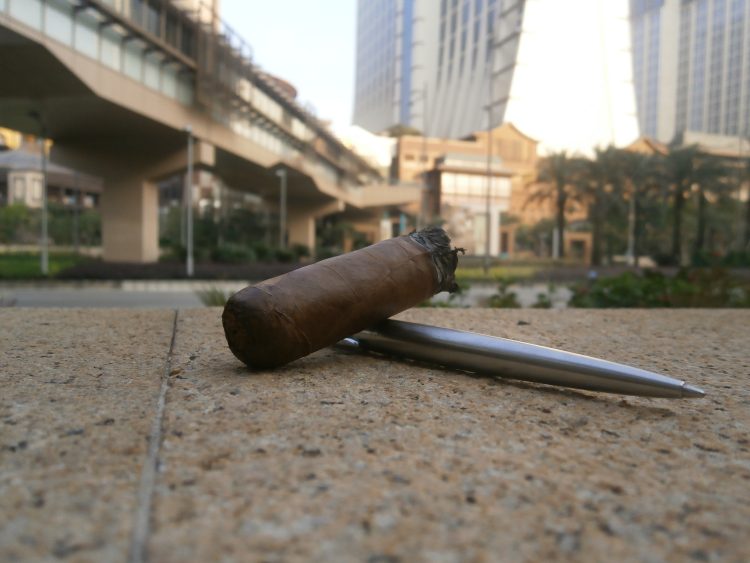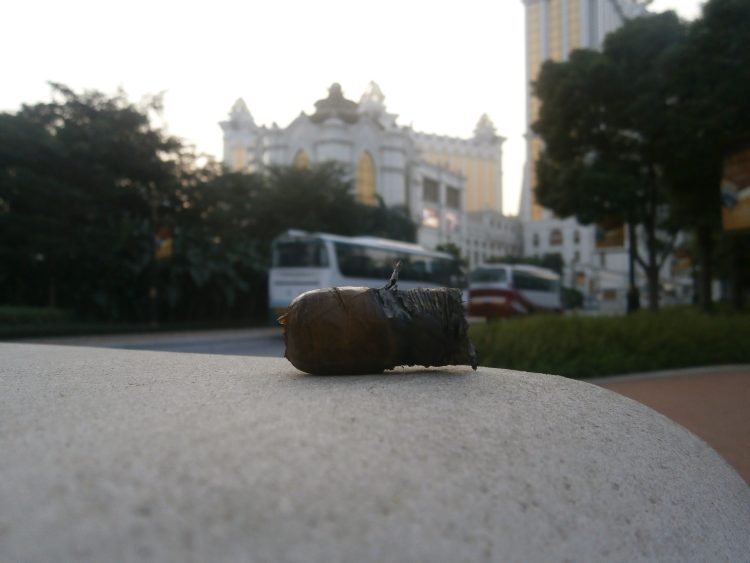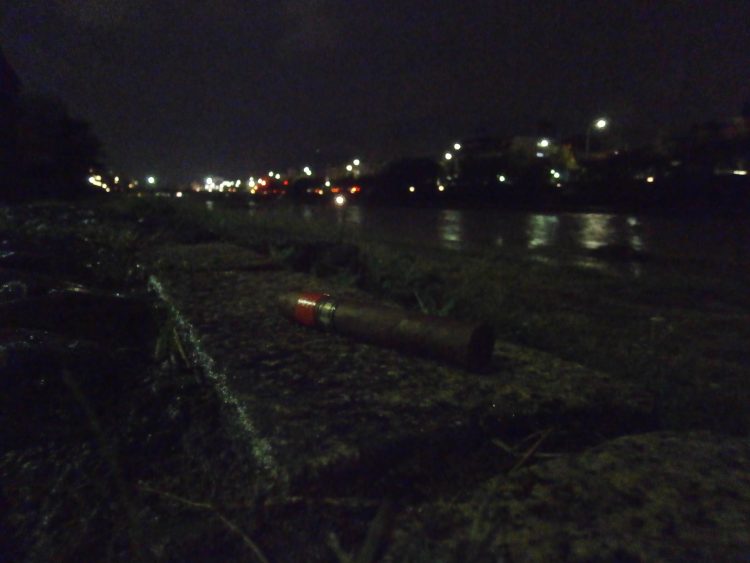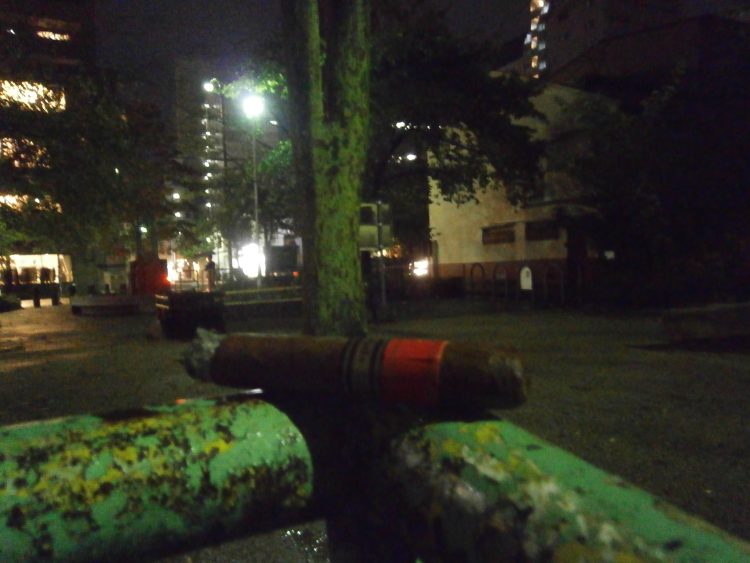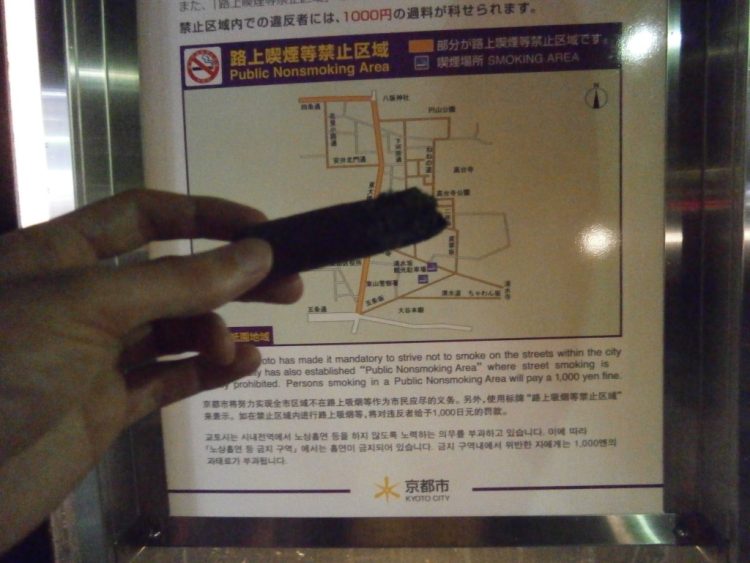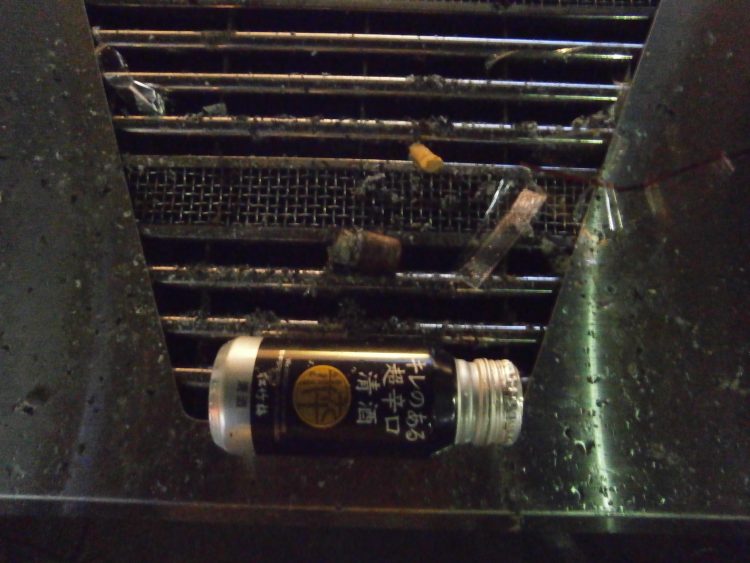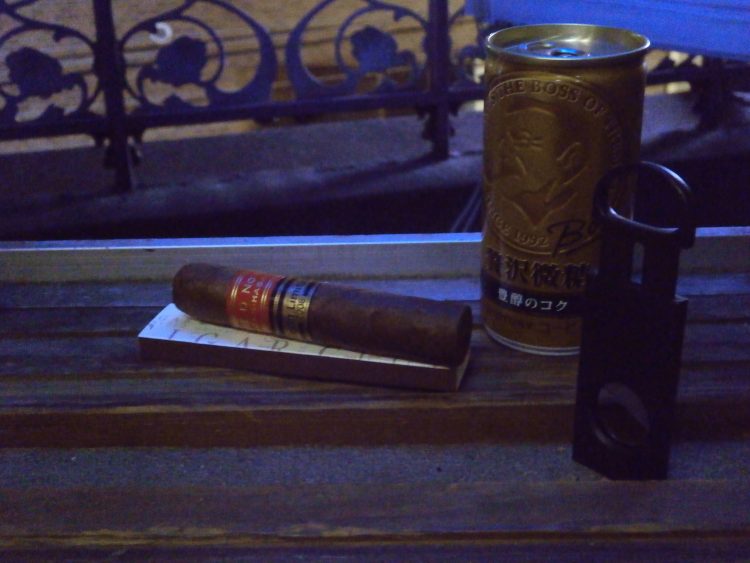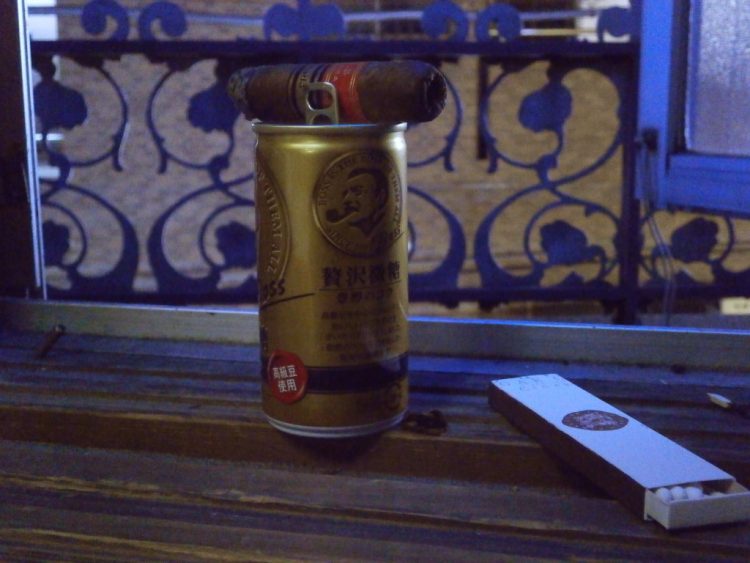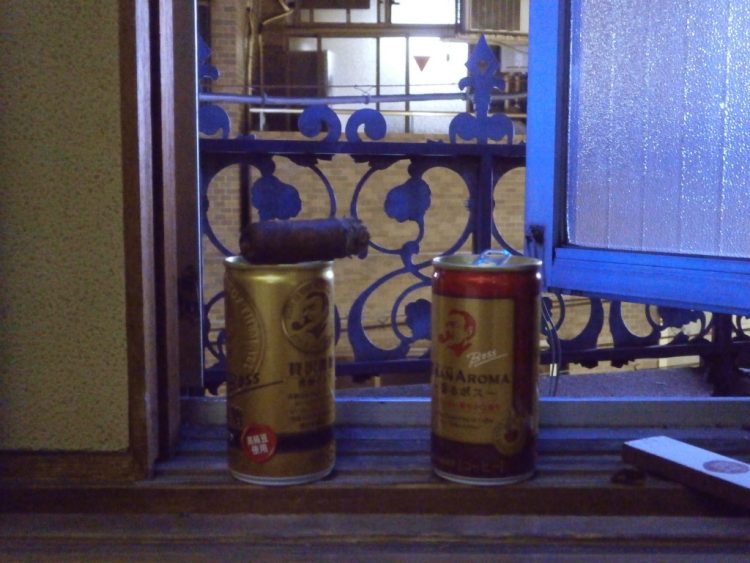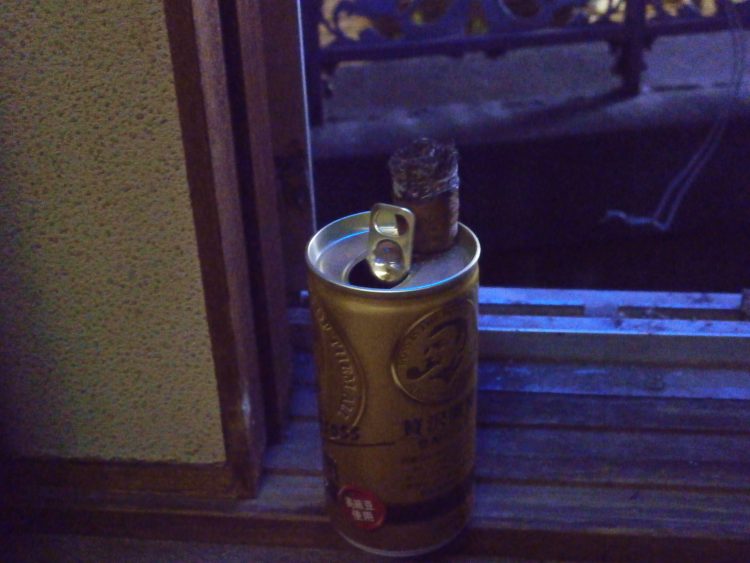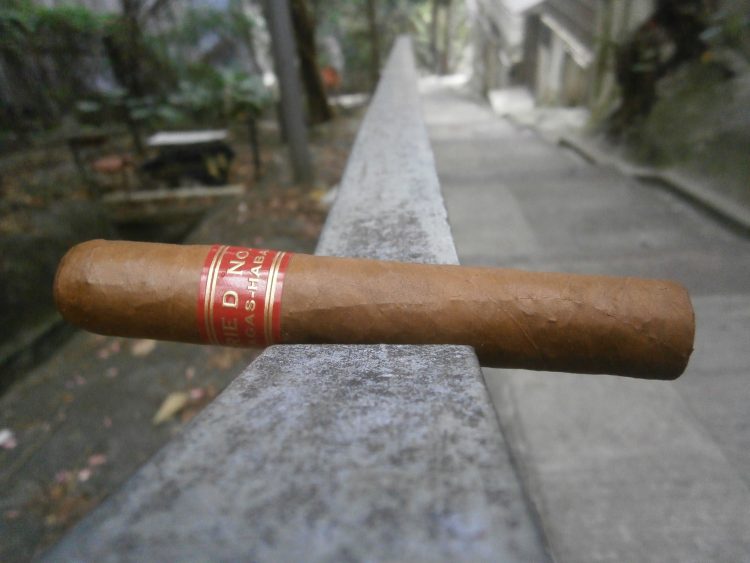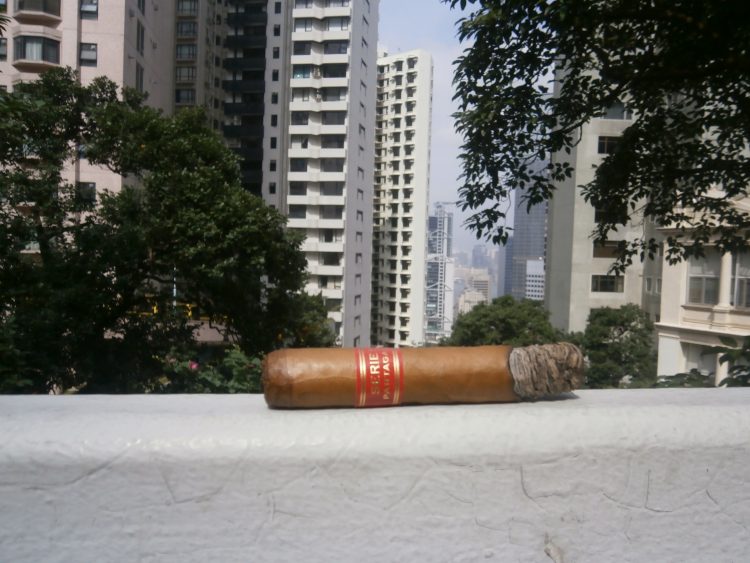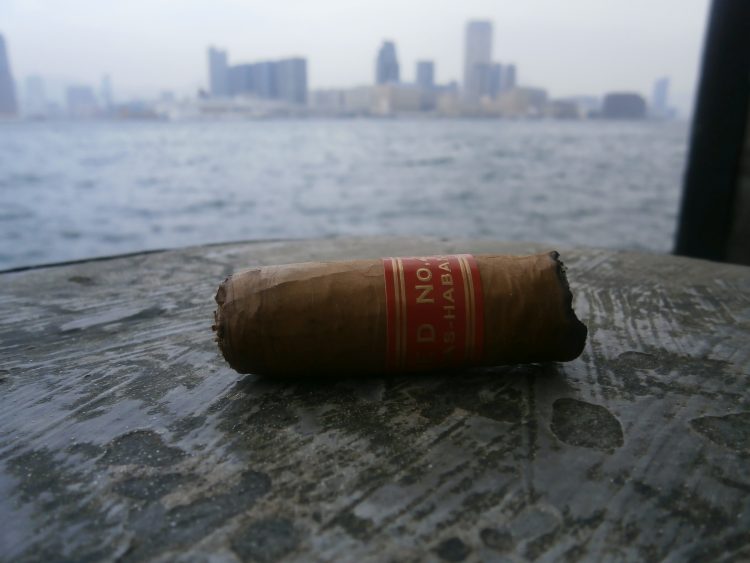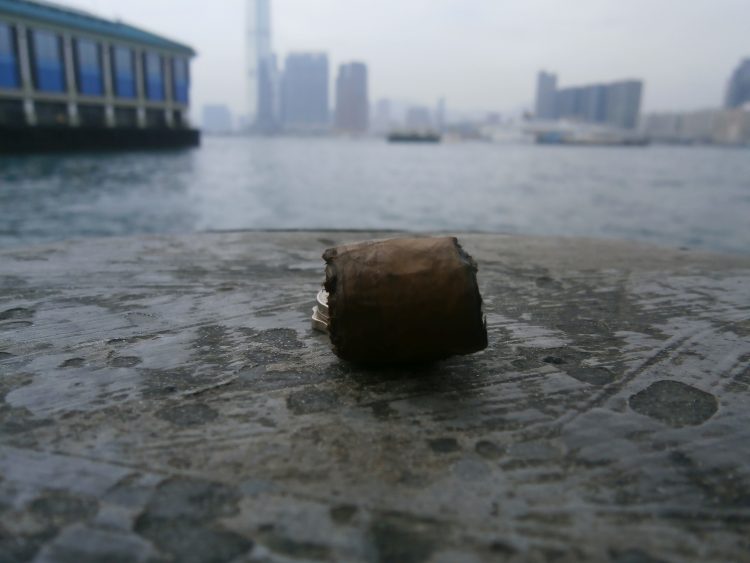The Partagás 150th Anniversary Humidor: a bland wooden box, containing 150 gaudily banded cigars split equally over three sizes: a robusto, a coronas grandes, and an old school bullet tipped Nro. 109, one example of which will meet its maker today.
Produced in 1995 the Partagás 150th Anniversary Humidor is arguably the first of the official commemorative humidors. Yes, there were a few that preceded it, namely the 1492 (much more on that later), and the 1994 humidor – but these were created by the Cuban tobacco industry to celebrate the leaf itself, and not designed with a particular brand’s flavour profile in mind. Lost to the ages there were also probably some fairly special branded humidors – I’ve no doubt that in 1945 a few 100th Anniversary cigars did the rounds – but as far as official Habanos production, as far as the modern commemorative humidors, as far as things you could buy without a strong connection in the Politburo: this is the first. There won’t be any fucking around today, readers, no stupid stories of hedonism past or present. No, today we’re smoking history.
The day is mild, the coffee is warm, and the cigar is fantastic from the first puff. I honestly didn’t even want to smoke a cigar today, but I found myself with a few hours and thought I had better get the jump on a dusky beauty. One puff has completely turned me around. I’ve often described cigars as elegant, and this is a quintessential example of that: a light tobacco taste over a bucket of cream. More than anything it’s reminiscent of a well-aged Cohiba Lanceros. Smooth, smooth tobacco with a cake aftertaste. Vanilla sponge cake. More my grandmother’s than my aunt’s.
Clouds of great heavy smoke hang in the air, fragrant and luxurious. I lay it down as long as I can between puffs, let it cool, let it burn at its own pace. Smoking this too quickly would be a crime. About an inch in there is a change, razor sharp between puffs. The cigar becomes fuller, with more of the dirty, woody note familiar to Partagás.
Handling it delicately I let the ash on this cigar get very long, over two inches. The long ash game is not one I usually play because it only has one ending (a pile of hot ash on my crotch) but for some reason I feel compelled today. The burn is a little uneven, and a long stretch of unburned wrapper on one side supports the column. I could even it up with the application of the tiniest flame, but I don’t want to interfere with this cigar at all, lest I spoil it. Cigars are much hardier beasts than they are generally given credit for – more than once I have had a cigar fall from my lips into a swimming pool to find it still lit and perfectly smokable when quickly fished out – but certain things deserve respect, and this is one of them.
The ash eventually starts to crack and tremble a little way past the halfway mark of the cigar, and I apply a match for just a second and let it down gently. Fantastic construction: for the first time in memory I have played the ash game to its limit and had my pants return unscathed.
With three inches remaining the cigar goes out, and when I bring it back it has changed. A strength is evident now, although there’s no hint of tar or bitterness, but the profile is fuller, more tannic, robust mud and earth, some pepper and spice, dry dark cocoa beans, and just a hint of that drip you get in the back of your throat when you do a line of good cocaine.
Very notable is that more than two hours and five inches into this cigar I still have a quarter of a cup of coffee left. I am not at all drunk (alright, I admit that there was a small amount of rum in the coffee, but we’re talking two thirds of a shot over two hours here) as I was for some of the other very highly rated dusky beauties. I am sitting on a hard wooden floor. I am alone. My laptop is uncomfortably hot against my legs, but when I move it to the floor the Wi-Fi drops out (I think my body is acting as an aerial.) This cigar was sitting in my travel humidor for more than a week before I decided to smoke it. I didn’t even want to smoke a cigar today. So much of cigar smoking is about the environment – a Monte 4 can beat almost any other cigar when it’s paired with good drink, a warm night and interesting company – and everything about this environment is against the cigar, and yet it exposes its greatness with every puff. By far the best Partagás at this stage of the horizontal, and it’s up there with the very best cigars I’ve had the pleasure of combusting. I would love to have a cigar neophyte try this, preferably the kind of person that would make derisive comments about wafting cigar smoke at a social gathering, and see how they felt about it. When it comes to cigars I am as spoiled as they come: I smoke exclusively Cuban cigars, and more or less only exotic collectable ones. I’ve never claimed to have an especially sensitive or well-trained palette, but to me nothing is more apparent here than the excellence on the tobacco: utterly, obviously, and indisputably first class. I wonder if a non-smoker would feel the same.
Even at the nub with my fingers close to burning there is no bitterness in this cigar, just the full heady flavour of wet earth and well charred whisky barrels. I have absolutely no inclination to spit. I don’t even want to take a sip of my drink. The smoke isn’t even hot! It’s practically refreshing! More than six inches smoked and if someone offered me another one of these right now I wouldn’t hesitate for a second. There is a salty taste on my lips, which might be an unusual quality of twenty year old tar build-up in the end, or more likely the jus from my scorched fingers has soaked into the leaf.
A little over three hours since I began, and the cigar is gone, reduced to so much ash and scattered on the lemon tree that grows under my balcony. At one time there were 7500 of these in the world, and now there is one less. Is the world worse off? I like to think the atmosphere was improved by the smoke.
If this is a cigar, I don’t even know what to call a PSD4. They’re not the same thing. If you have the means I highly recommend you pick one up.
Partagás 150th Anniversary Humidor on the Cuban Cigar Website
